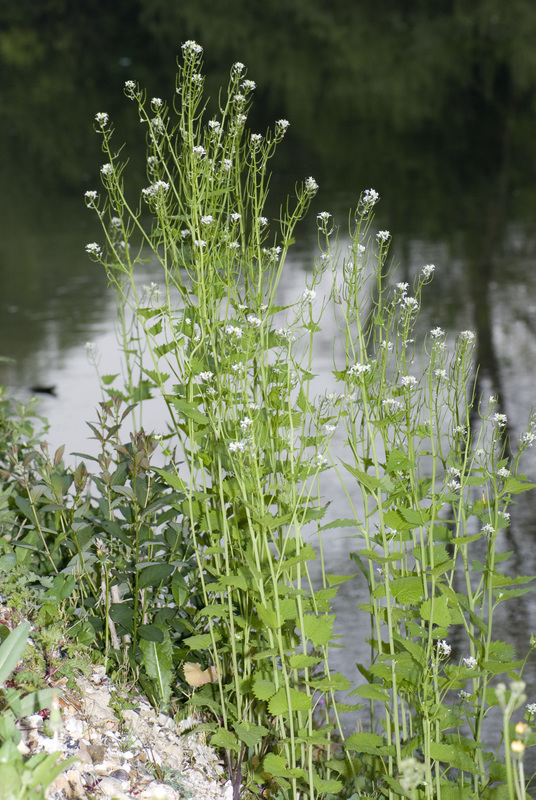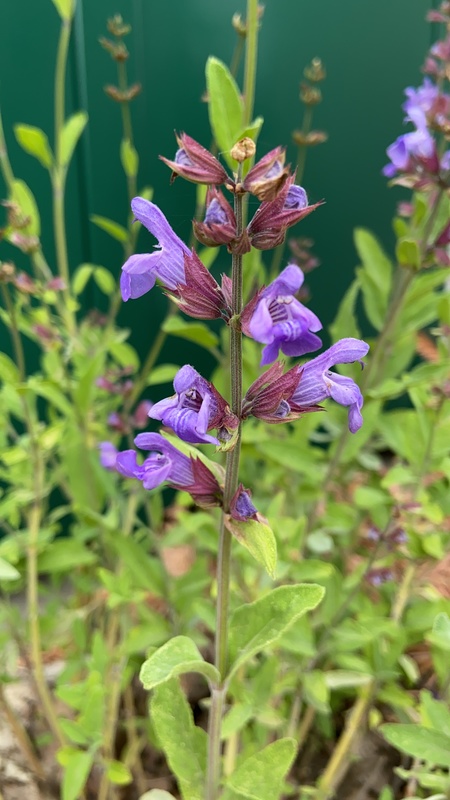Description
The roots of this plant inhibit the growth of other plants through secretions.
Common mugwort, also known as Artemisia vulgaris, is a plant native to Europe, Asia, and North Africa. It is a perennial plant that grows to about four feet in height, with a woody stem and clusters of small, yellowish flowers. The leaves of common mugwort are dark green and deeply lobed.
In terms of growing conditions, common mugwort prefers full sun and well-draining soil. It is winter hardy and can tolerate a wide range of temperatures. To cultivate common mugwort successfully, a grower will need to provide the plant with adequate sunlight and water. The roots of this plant inhibit the growth of other plants through secretions.
Common mugwort is not typically used as a food source, but the leaves and young shoots can be used as a seasoning in some dishes. The plant is also used in traditional medicine for its supposed ability to stimulate digestion and relieve muscle pain.
In terms of its value for wildlife, common mugwort provides nectar for pollinators and is a host plant for the caterpillars of several butterfly species. It is also often used as a natural insect repellent.

